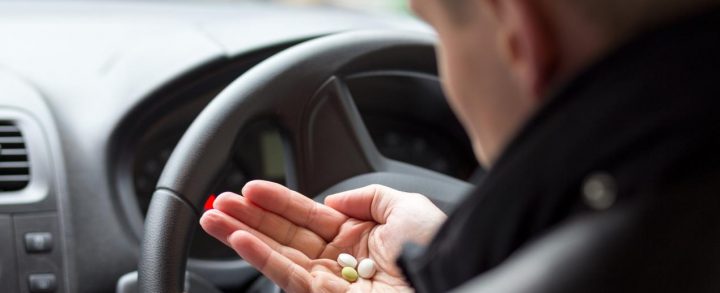Wales is bucking the trend as drug-driving collisions are climbing across much of the UK, with new figures showing particularly sharp year-on-year increases in the North West, East of England, and Yorkshire and the Humber.
Statistics show a 46% spike in drug-driving collisions in the North West – rising from 182 incidents in 2022 to 265 in 2023.
Go.Compare Car Insurance analysed Department for Transport data on road collisions where drugs were a contributing factor. The study maps where collisions are rising fastest across the UK, the areas reporting the highest numbers of drug-driving incidents.
Overall, drug-related collisions were up 9% in 2023 compared to a year earlier, and increased by 14% since 2021.
The East of England saw the second-largest spike, with a 17% jump in collisions, followed by Yorkshire and the Humber (+15%) and London (+12%).[1] The West Midlands, South East, South West and Scotland also reported year-on-year rises.
Steve Ramsey, managing editor for motoring at Go.Compare, said, “This data highlights the scale of drug driving in the UK and that, worryingly, it’s a growing problem in many parts of the country.
The sharp increase in the North West is particularly concerning, with those who choose to take drugs and drive putting not only their safety at risk, but also the safety of other road users.
“The consequences of drug-driving are not just legal though, they’re financial too. Our data shows that drivers with a drug-driving conviction pay a median price of £1,705 per year for their car insurance. In contrast, drivers with no convictions pay just £413 – less than a quarter of the price.
“In some cases, drivers with a drug-driving offence might struggle to secure car insurance at all. And with convictions staying on a licence for 11 years, the long-term impact on finances can be substantial. I would urge drivers to think twice before getting behind the wheel under the influence of drugs.”
